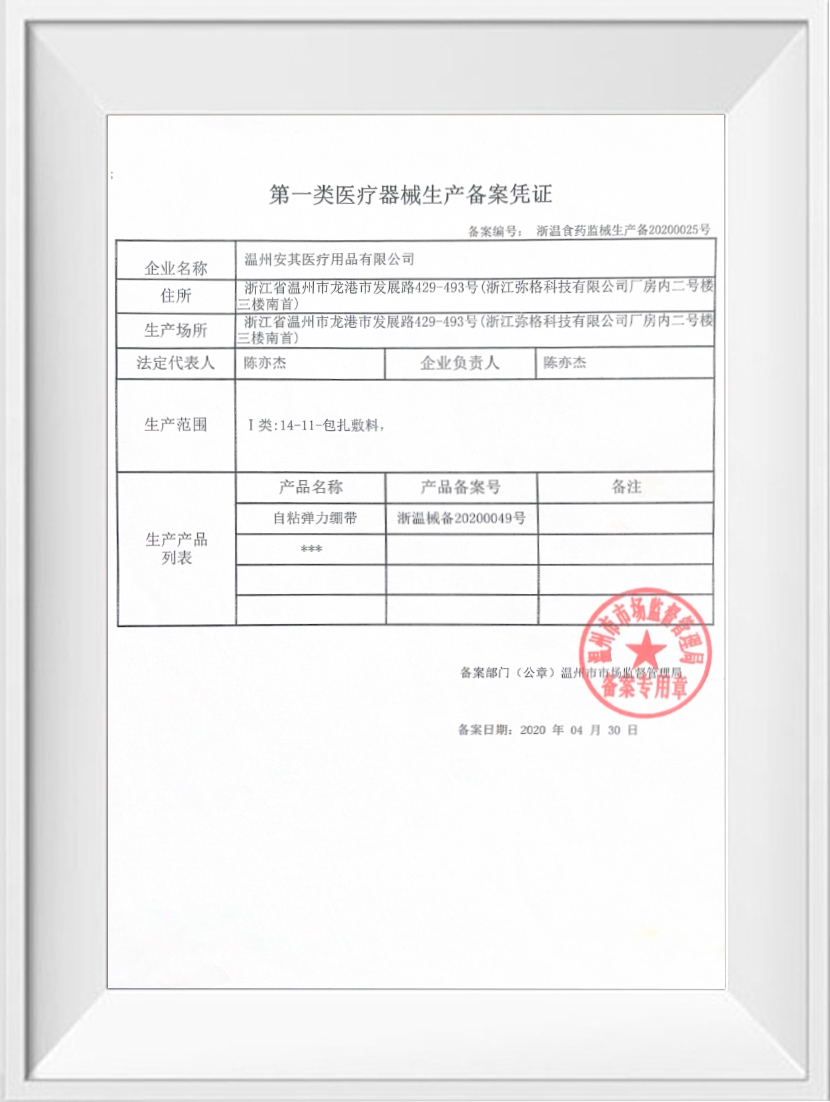Web Menu
Product Search
Exit Menu
We provide quality products and services to customers from all over the world.
The Dawn of Athletic Tape: From Bandages to Tape Strips
The use of bandages and wraps to support injured limbs dates back to ancient civilizations. However, the modern form of athletic tape, as we know it today, has its roots in the early 20th century. The birth of medical sport athletic tape strips for muscle strain injury can be traced back to the development of adhesive materials that could stick to skin without causing irritation.

In the 1930s, advancements in adhesive technology led to the creation of sports tape, initially used to hold gauze in place and provide support to injured athletes. The tape was rudimentary compared to the sophisticated versions we have today, but it marked the beginning of a new era in injury management.
The Evolution of Tape Technology
As sports medicine progressed, so did the technology behind athletic tape. The 1950s and 1960s saw the introduction of elastic tapes, which were a game-changer for athletes with muscle strain injuries. These tapes allowed for a greater range of motion and provided compression without restricting movement.
The evolution continued with the development of kinesiology tape in the 1970s. This type of tape was designed to facilitate the body's natural healing process by lifting the skin slightly, which was believed to increase blood flow and reduce inflammation. Medical sport athletic tape strips for muscle strain injury began to gain popularity among athletes and healthcare professionals alike.
The Role of Tape in Injury Prevention and Recovery
Over the years, the use of medical sport athletic tape strips for muscle strain injury has expanded beyond just holding gauze in place. Research and clinical experience have shown that these tapes can be used to support muscle function, reduce pain, and prevent further injury.
In the 1980s and 1990s, sports medicine professionals began to experiment with different tape applications, known as taping techniques, to target specific muscle groups and injuries. This period saw a surge in the popularity of medical athletic tape strips as a means to enhance performance and aid in recovery.
The Science Behind the Tape
The 21st century has brought about a deeper understanding of the mechanics and benefits of medical sport athletic tape strips for muscle strain injury. Studies have shown that these tapes can provide proprioceptive feedback to the body, helping to improve posture and muscle memory. This understanding has led to a more evidence-based approach to taping, with specific protocols being developed for various injuries and conditions.
Controversy and Criticism
Despite the growing body of evidence supporting the use of medical sport athletic tape strips for muscle strain injury, there has been controversy and criticism. Some argue that the tape is merely a placebo, providing a psychological boost rather than a physical one. However, numerous studies have shown that the tape can have a significant impact on pain reduction and functional improvement in individuals with muscle strain injuries.
The Future of Medical Athletic Tape Strips
As we look to the future, the development of medical sport athletic tape strips for muscle strain injury shows no sign of slowing down. With advancements in materials science, we can expect to see tapes with improved adhesive properties, better breathability, and more customizable support.
Researchers continue to explore the mechanisms behind the tape's effects, and as our understanding grows, so too will the effectiveness of medical athletic tape strips in treating muscle strain injuries.
The Natural Integration of Tape in Sports Medicine
The integration of medical sport athletic tape strips into the mainstream of sports medicine has been a natural progression. As athletes and healthcare professionals alike recognize the benefits of these tapes, their use has become more widespread. From professional sports to weekend warriors, medical athletic tape strips for muscle strain injury have become a common sight on the field and in the clinic.
Keep In Touch
No.455 New Town Development Road,Longgang City, Wenzhou City
Copyright © Wenzhou Anqi Medical Supplies Co., Ltd. All Rights Reserved.
Approval No: Zhejiang Wenzhou Food and Drug Administration Machinery Production Filing No. 20200025
The information provided on this website is intended for use only in countries and jurisdictions outside of the People's Republic of China.

 English
English русский
русский 中文简体
中文简体 Español
Español Deutsch
Deutsch عربى
عربى

